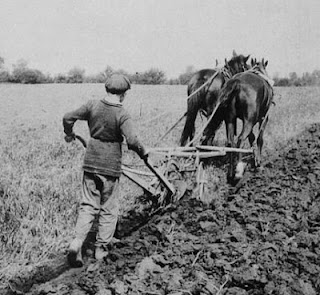Most Popular Poets of the Nineteenth Century
Lord Byron (1788-1824) In 1812 Byron's 'Childe Harold's Pilgrimage' sold its run of 500 copies in three days. Byron wrote 'I awoke one morning and found myself famous. Larger edition of 3000 copies were printed and quickly sold out. Byron's publisher offer to pay him 1000 guineas for The Giaour and The Bride of Abydos. In 1814 The Corsair sold 10,000 copies on the first day of publication. There is a pleasure in the pathless woods, There is a rapture on the lonely shore, There is society where none intrudes, By the deep Sea, and music in its roar: I love not Man the less, but Nature more, From these our interviews, in which I steal From all I may be, or have been before, To mingle with the Universe, and feel What I can ne’er express, yet cannot all conceal. Felicia Dorothea Hemans (1793-1835) Perhaps best known today for writing THE stately Homes of England, How beautiful they stand! Amidst their tall ancestral trees, O'er all the...




